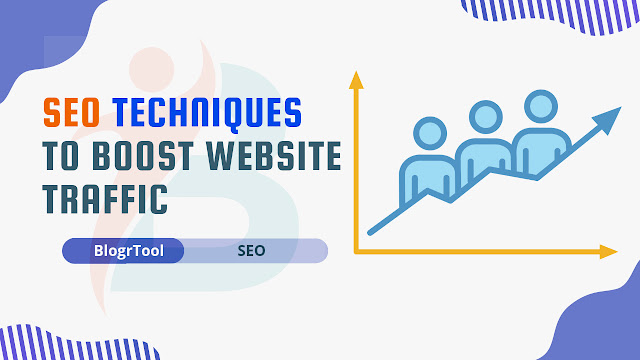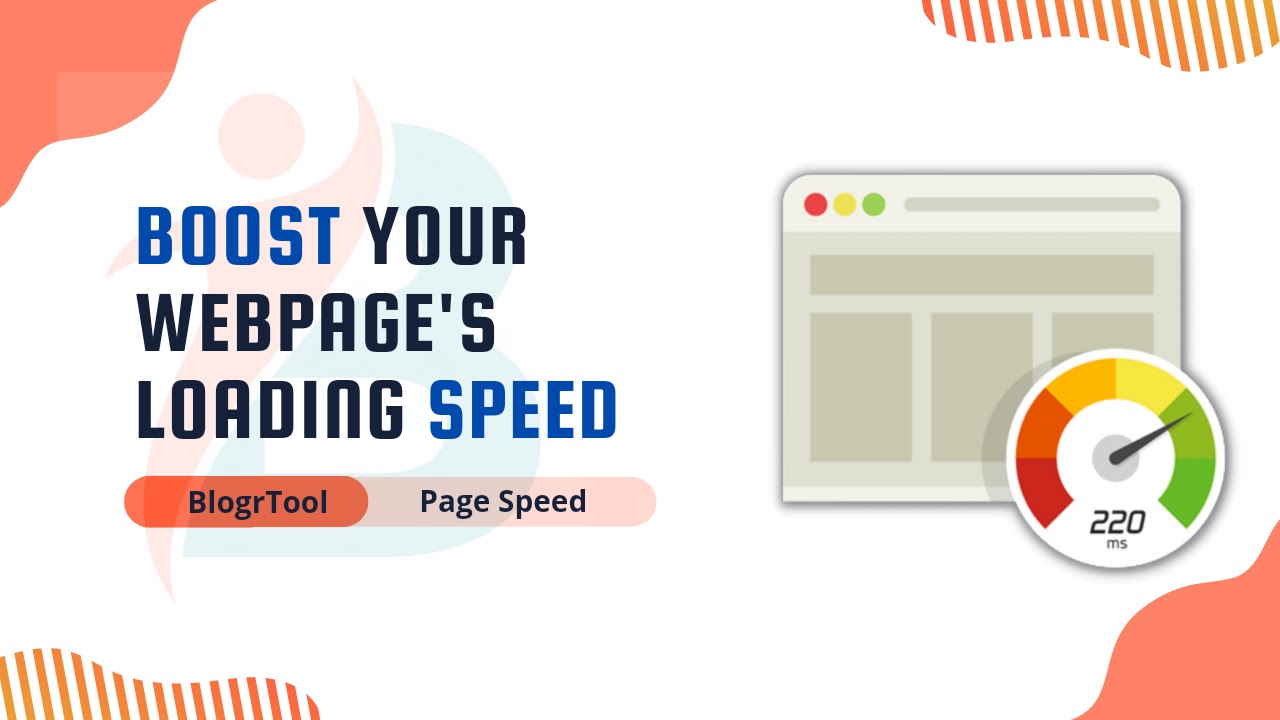9 SEO Techniques to Boost Your Website Traffic
 |
| SEO Techniques To Boost Website Traffic |
Over the years, SEO has grown significantly more intricate, and it now involves more than just keywords. In order to give users more relevant results and increase Click-Through Rates (CTR) for advertisers, Google and other search engines have improved how they rank websites.
So while optimizing your website and producing high-quality content will always be crucial, you also need to take into account other elements like keyword intent, site architecture, link-building tactics, and many others.
Let's take a closer look at a few of these strategies so you can put them to use right away.
1. Optimize for Organic Search Traffic
Organic search is one of the best ways to get more people to visit your website, but there are a few things you can do to get even more out of it.
For example, if you want to get more people to visit your site, you need to know what people are looking for when they search. You can do this by using Google Trends or Keyword Planner to research keywords (which is now part of Google Search Console).
When you know what people are looking for, you can write content that answers their questions and gives them something of value. This will help you move up in the search engine rankings (SERPs). For instance:
If someone types "how do I make chocolate chip cookies without eggs?" into Google Search and clicks on one of the top results, they will find an article with instructions on how to make delicious cookies without using any eggs. This means more direct traffic from interested people looking for answers online, which is the holy grail of SEO success.
2. Use Long-Tail Keywords that Match Search Intent
Long-tail keywords are the way to go when it comes to SEO. Longer, more specific search queries are more likely to lead to a sale. They are also easier to rank for and cost less than short-tail keyword phrases. The former are also easier to rank for because they aren't as competitive, but they can still be worth more on the SERP (search engine results page) because they tend to have higher click-through rates (CTRs) and conversion rates.
3. Optimize for Position Zero
Position Zero is the top search result on the first page. It's a coveted spot because it means your product or service is one of the first ones people see when they search for it. To get to Position Zero, you need to know a lot about SEO, but it's worth it.
4. Write Content with a Purpose
Many businesses try to give their customers the best service possible, but they forget there are other ways to do this. Since SEO can help bring more people to your website, you should think about how to optimize your content strategy for search engines.
To rank higher in search results and get more organic traffic, you need to write interesting and useful content that answers people's questions in their own words. This means using keywords in the right places throughout the text so that both people and bots can understand it.
5. Use Familiar Branding on Your Website and In-Bound Links
One of the most important parts of SEO is building a brand. It's what makes people know, remember, and trust your brand.
But it can be hard to make sure that your brand is the same across all of your channels. It takes time and money, and it can be hard to change course if you make a mistake in how you present yourself online.
Internal Backlink is a great way to get more page views from the traffic you already have, and it also helps you build up the authority of your domain.
6. Optimize Your Content for CTR
By include keywords in page titles, page headings, and body text, you may optimize your content for a higher click-through rate (CTR). Additionally, it's crucial to use the keywords you want to rank for in both the first and last 100 words of a page.
Add these keywords to the URL, meta description, image alt text, and captions. In the file names of your photos and internal links, you should also employ your desired keywords (anchor text).
7. Add Structured Data Markup
In order to inform Google what your website is about, you can mark up (or add data to) it using structured data markup. The markup contains extra details that aid search engines in accurately identifying the pages of your website, such as the name and description, authorship profile, and other information.
On websites with a lot of content, structured data makes it simpler for search engine engines to scan through the content in your sitemap. Additionally, it enables you to supply crucial details that can only be provided with Structured Data Markup, such as author rank, language, nation targeting, etc.
Because Google's crawlers can easily understand how each of your pages is related to another page by simply looking at their respective schemas defined within those two pages, rather than having to manually update these values every time something changes, structured data markup reduces the amount of work required by crawlers (which may not always be beneficial when trying hard enough just keep things simple). You can use an online tool to create these schema markups.
Some common Structure data markups are given below.
- Article schema
- FAQ Schema
- Job posting schema
- How to schema
- Video schema
- Star rating
- product
- person
- website
- breadcrumbs
8. Create Dedicated Landing Pages for Your Keyword Topics
How to create a landing page for each term can be something you're considering. The procedure is easy:
The keyword should be used in the title, meta description, and content of a new webpage that you create. For simple SEO rating, include this word in the URL.
Use it for your website's photos' alt attributes as well! By doing this, links to pages with pertinent information about those topics will appear in search results when someone searches for keywords associated with your goods or services (which can help boost traffic).
Additionally, it's crucial to include relevant phrases in your H1 tags so that search engines like Google or Bing can quickly identify them when they scan through different websites to see what's trending online at the moment.
9. Get Listed in Online Directories and Local Business Listings
Why it's important to add your company on Google My Business:
You can verify your business address on Google My Business and add images, hours, specialties, and more. If someone else has already claimed your listing, you can also do so via Google Maps. By doing this, you'll ensure that nobody else has the ability to change this information in the future.
Conclusion
Let's review the SEO strategies that will increase visitors to your website. You must employ long-tail keywords, add appropriate schema markups, optimize your title and meta description, optimize your content for feature snippets, and do correct internal and external linking.






